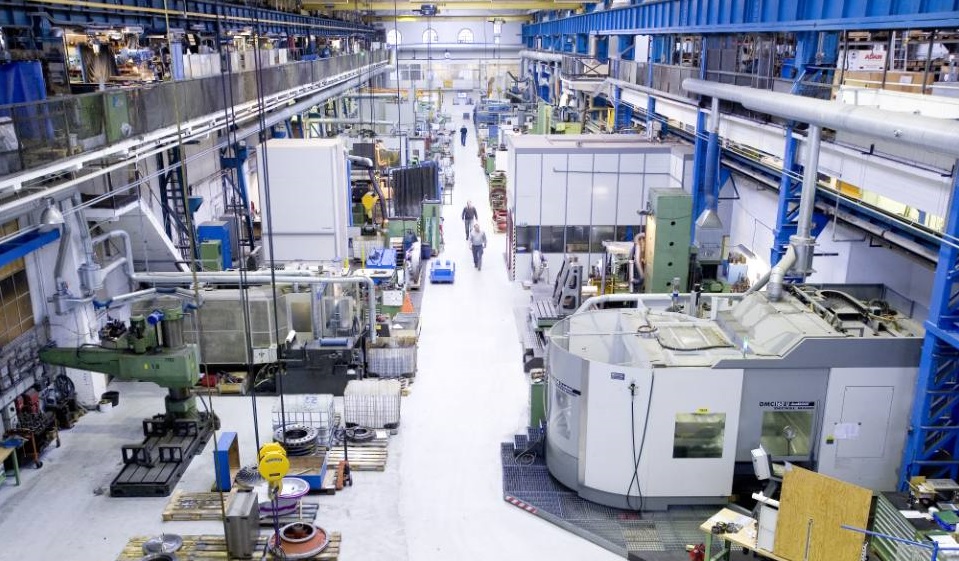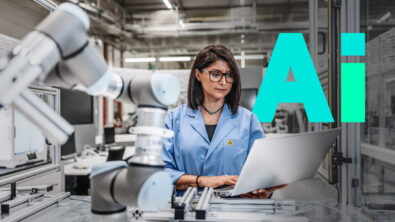The as a service model for equipment, production and machines

In a recent article in Control Design, the managing editor discusses how industrial automation is expanding through the as a service business models showing the advantages of using equipment, production or machines as a service to align with industry benefits.

This service encourages the adoption of advanced technologies when the return on investment increases production to cover new equipment costs. Learn from Rahul Garg, Vice-president, Industrial Machinery and Heavy Equipment of Siemens Digital Industries Software, and other experts how this is occurring.
>Read the article.
Users are provided significant flexibility through production as a service, which is an attractive quality to manufacturers that perform small volume runs or desire to serve untapped regional markets.
“Especially in today’s world with all of the supply-chain issues, it becomes even more critical to have the flexibility and the availability of production in different parts of the world as needed, so this production as a service provides a very good alternative where they can get something made without having to bear the startup cost or the infrastructure cost to get something going,” Garg says.
Unconventional third-party entities provide industrial automation that yields this idea and produces business around it.
Also, Siemens provides rented equipment for hardware services tailored to digital-transformation technology. Siemens is driving the equipment as a service model using the edge software suite and hardware, including sensors and controllers to connect machines to the edge.
Rahul talks about how the as a service model will not be used for inexpensive equipment but as a standard for production setup times. This standard equipment functions across various manufacturers with proprietary processes, especially third-party companies that enter the market to provide equipment as a service.
Flexibility is crucial to this model while addressing intellectual-property risks. Consequently, the model may not be a good fit for end users that innovate new processes and capabilities.
“The whole ability to monitor your production through the Internet of Things is certainly very important. That’s what is driving a lot of the ability for machinery manufacturers to offer this,” Garg says.
A secure remote connection guarantees that off-site proactive and preventive maintenance occurs through data collection and analysis.
Learn more in the article.
Siemens Xcelerator, the comprehensive and integrated portfolio of software and services from Siemens Digital Industries Software, helps companies of all sizes create and leverage a comprehensive digital twin that provides organizations with new insights, opportunities and levels of automation to drive innovation.
For more information on Siemens Digital Industries Software products and services, visit siemens.com/software or follow us on LinkedIn, Twitter, Facebook and Instagram. Siemens Digital Industries Software – where today meets tomorrow.
Related links:
Smart Manufacturing podcast 01 – Uncovering Smart Manufacturing
Smart Manufacturing podcast 02 – The Convergence of IT and OT in Digitalized Manufacturing
Smart Manufacturing podcast 03 – Uncovering Closed-Loop Manufacturing


